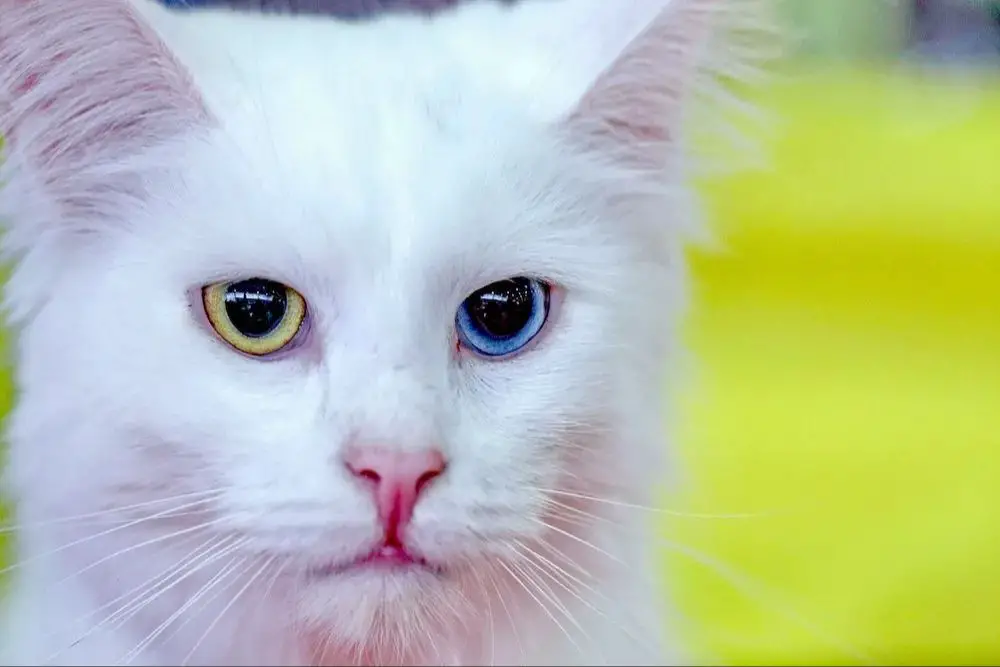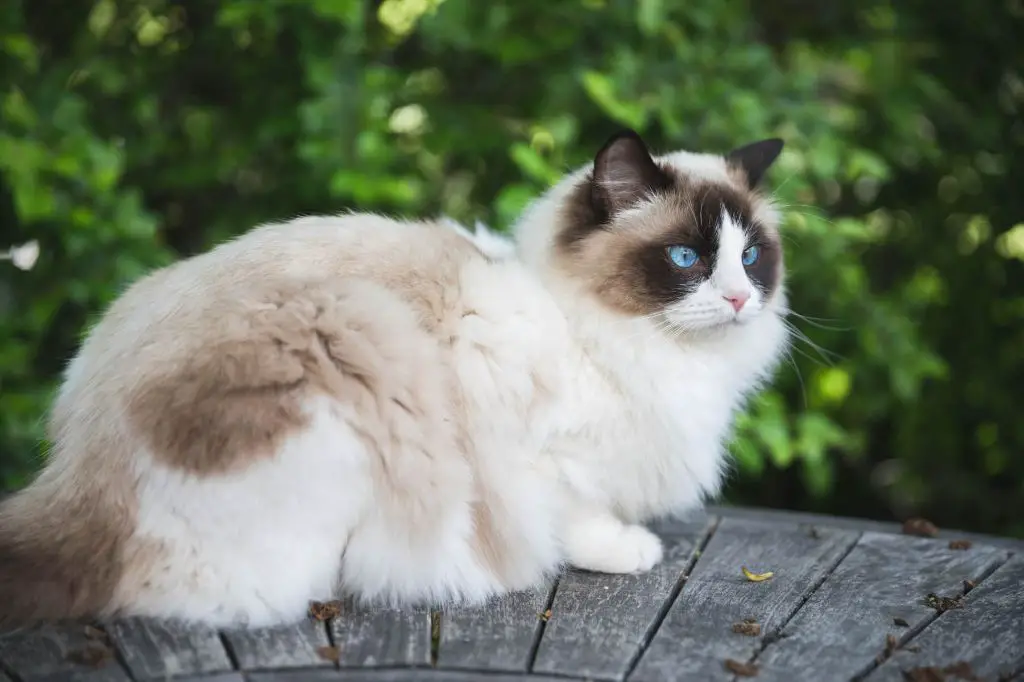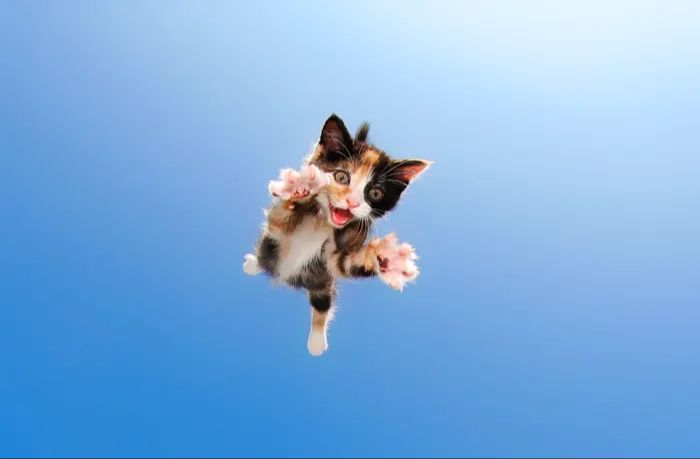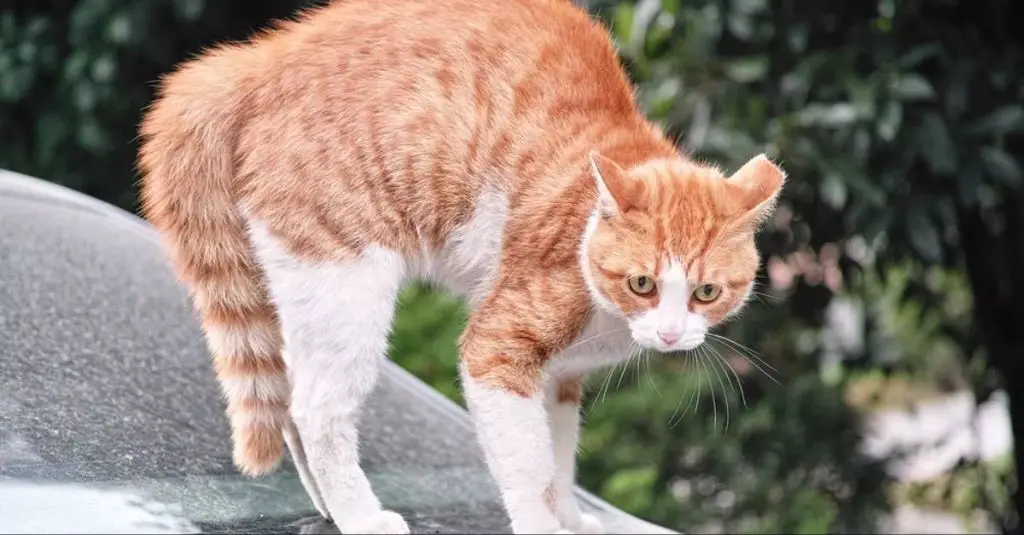An adjective is a word that describes or modifies a noun or pronoun. The main purpose of an adjective is to provide more information about a noun or pronoun’s qualities, characteristics, or attributes (Cambridge Dictionary, 2023). Adjectives make language more vivid and interesting by allowing us to express details about people, places, objects, emotions, and more. They provide extra descriptive details that make writing come alive.
Some examples of common adjectives include big, small, green, sad, happy, fast, and slow. We use adjectives to describe size, color, texture, personality, age, and more. Without adjectives, our descriptions would be very bare and lack detail. Adjectives add color and imagery to our language.
Size
The most common adjectives used to describe the size of a cat are small, tiny, and little. Cats are naturally smaller animals with petite frames and miniature features. A cat that is small or little in size has a diminutive body, slim legs, a tiny nose, and dainty paws. Many cats retain a kitten-like size even into adulthood. Adoptable cats are often described as small or tiny to indicate their compact stature. For example, a cat may be promoted as a “cute little tabby” at a shelter. Smaller cats can be easier to hold and are well-suited for apartments or small homes. However, size does not necessarily correlate with personality – even little cats have big purrsonalities! When describing a cat’s size, words like small, tiny, and little convey a delicate appearance while emphasizing their cuteness.
Color

Cats come in a variety of different colors. Some of the most common cat colors are black, white, gray, and calico.
Black cats have fur that is completely black or nearly black. This is one of the most common cat colors. Historically, black cats have been associated with bad luck in some cultures, but they are just as sweet and loving as any other cat.[1]
White cats have predominantly white fur, often with a few small spots of color. They are prone to deafness and sunburns on their ears and noses. White cats with blue eyes in particular are often deaf.[2]
Gray cats, also known as blue cats, have fur in various shades of gray. This includes dark charcoal gray, light silvery gray, and blue-gray. Their noses and paw pads are also gray.[3]
Calico cats are tri-colored cats with spots of orange, black, and white. They are almost always female due to genetics. No two calico cats have the exactly the same pattern of colors.[3]
Texture
Cats are known for having soft, fluffy, and fuzzy fur. Their coats consist of two layers – a dense, fine undercoat and a longer outer coat made of guard hairs. The texture of a cat’s fur can vary depending on the breed. For example, Persian cats are known for their extraordinarily long, fluffy coats, while Sphynx cats have no fur at all. Some good adjectives to describe a cat’s luxurious coat include:

Fluffy – A cat’s fur stands out from the body and has a light, soft feel. Long-haired breeds like Maine Coons and Norwegian Forest Cats have very fluffy coats.
Fuzzy – The soft yet coarse texture of a cat’s fur gives it a fuzzy quality. Kittens often have fuzzier coats than adult cats.
Soft – A cat’s fur feels smooth and supple to the touch. Breeds like Ragdolls and Birmans have exceptionally soft, silky coats.
For more adjectives to describe a cat’s texture, see this list.
Personality
Cats are complex creatures with unique personalities. Some common personality traits used to describe cats include:
Playful – Many cats, especially younger ones, are very playful. They love to chase toys and play with their owners. A playful cat may bat at dangling objects or attack ankles when they want attention.

Aloof – While dogs are known for their unwavering loyalty and affection, cats tend to be more independent and aloof. They may show affection on their own terms, often when they want food or attention. An aloof cat likely won’t smother their owner with constant affection.
Lazy – Cats sleep an average of 15 hours a day and are masters at lounging, napping, and lazing about. A lazy cat is quite content to spend the day dozing in sunny spots and only exerting the minimal energy necessary.
Curious – With their excellent senses, cats are naturally curious animals. They love exploring new areas, investigating objects, and observing human activities. A curious cat may get into cupboards or other off-limit areas if given the chance.
Age
Cats go through several stages as they age. According to Paws Chicago, there are six stages of aging for cats:
Kitten – Kittens are under 1 year old. They are energetic, playful, and curious. Kittens need lots of nutrition and require more frequent litterbox cleaning.
Junior – Junior cats are between 1-2 years old. They tend to wander and explore more. Litterbox habits continue developing during this stage.
Adult or Prime – Adult cats are between 3-6 years old. This is when their behavior and activities level out. They have less medical needs during this prime stage.
Mature – Mature cats are between 7-10 years old. They are less energetic than their younger years but still playful.
Senior – Senior cats are 11 years old and above. They sleep more and play less. Senior cats require more medical care as they age.
According to VOA Learning English, you can also describe a cat’s age generally using adjectives like young, old, adult or senior.
Breed
Cats come in many different breeds, each with their own unique personalities and physical characteristics. Some of the most popular breeds include:
Persian – Known for their long, flowing coats and rounded faces, Persians tend to be gentle, calm, and sweet-tempered. They make devoted companions and enjoy being pampered.
Siamese – With their pointed ears and striking coats, Siamese cats are highly active and vocal. They form strong bonds with their owners and crave attention and playtime.
Tabby – Distinguished by their striped, blotched, or spotted coats, tabbies display a wide range of personalities. Some are bold and vivacious while others are more timid and reserved. Overall, tabbies make playful, easygoing pets.
Behavior
Cats can display a wide range of behaviors and personalities. Some cats are very cuddly and affectionate, always seeking out laps and pets from their owners. Other cats can be more standoffish and aloof, preferring to observe from afar rather than interact directly. There’s also quite a range in between, with cats that enjoy human interaction on their own terms.
A friendly cat will often greet their owner at the door, rub against legs, and leap into laps when the opportunity arises. An unfriendly cat may hide when strangers arrive and avoid interactions. Friendly cats can help form strong bonds with their human families.
While some behaviors like litter box problems can be undesirable, most cat personalities have their own charms. Understanding a cat’s unique behavior patterns is key to forming a close relationship.
Sounds
Cats make a variety of sounds to communicate different needs and emotions. Some of the most common cat sounds include:

Purring: This rumbling sound is made when a cat is content and relaxed. However, cats may also purr when anxious or sick as a self-soothing mechanism. Purring occurs during inhalation and exhalation as the diaphragm and larynx rapidly twitch.[1]
Meowing: Cats meow for many reasons, such as when greeting their owner, asking for food, or seeking attention. Meowing is one of the main ways cats communicate with humans. The meaning behind a meow can be determined by factors like pitch, length, and intensity.[2]
Hissing: Hissing indicates a cat feels threatened or fearful. It’s often accompanied by an arched back, swishing tail, and standing fur. Cats may hiss at unfamiliar people, other animals, or sudden loud noises.[3]
Conclusion
In conclusion, there are many wonderful adjectives we can use to describe cats based on their varied sizes, colors, textures, personalities, ages, breeds, behaviors, and sounds. Cats can be petite or hefty, ginger or calico, fluffy or sleek, aloof or affectionate, kitten or senior, Siamese or tabby, playful or lazy, purring or meowing. The range of adjectives reflects the diverse qualities and characteristics across the feline species. While each cat is unique, poetic adjectives help capture their spirit and bring them to life through descriptive language. Through thoughtful word choice, we can paint a vivid portrait of our favorite furry companions.

